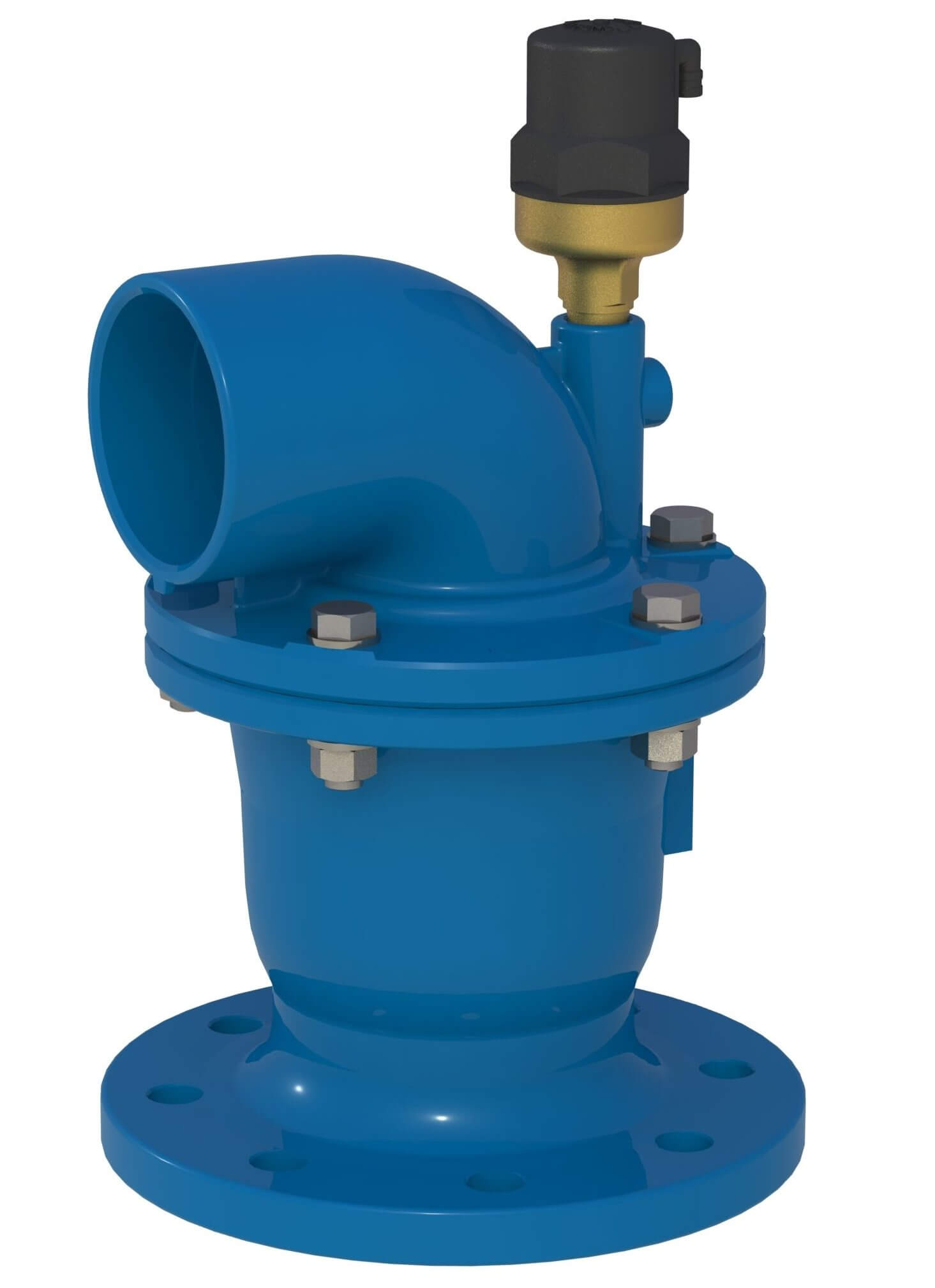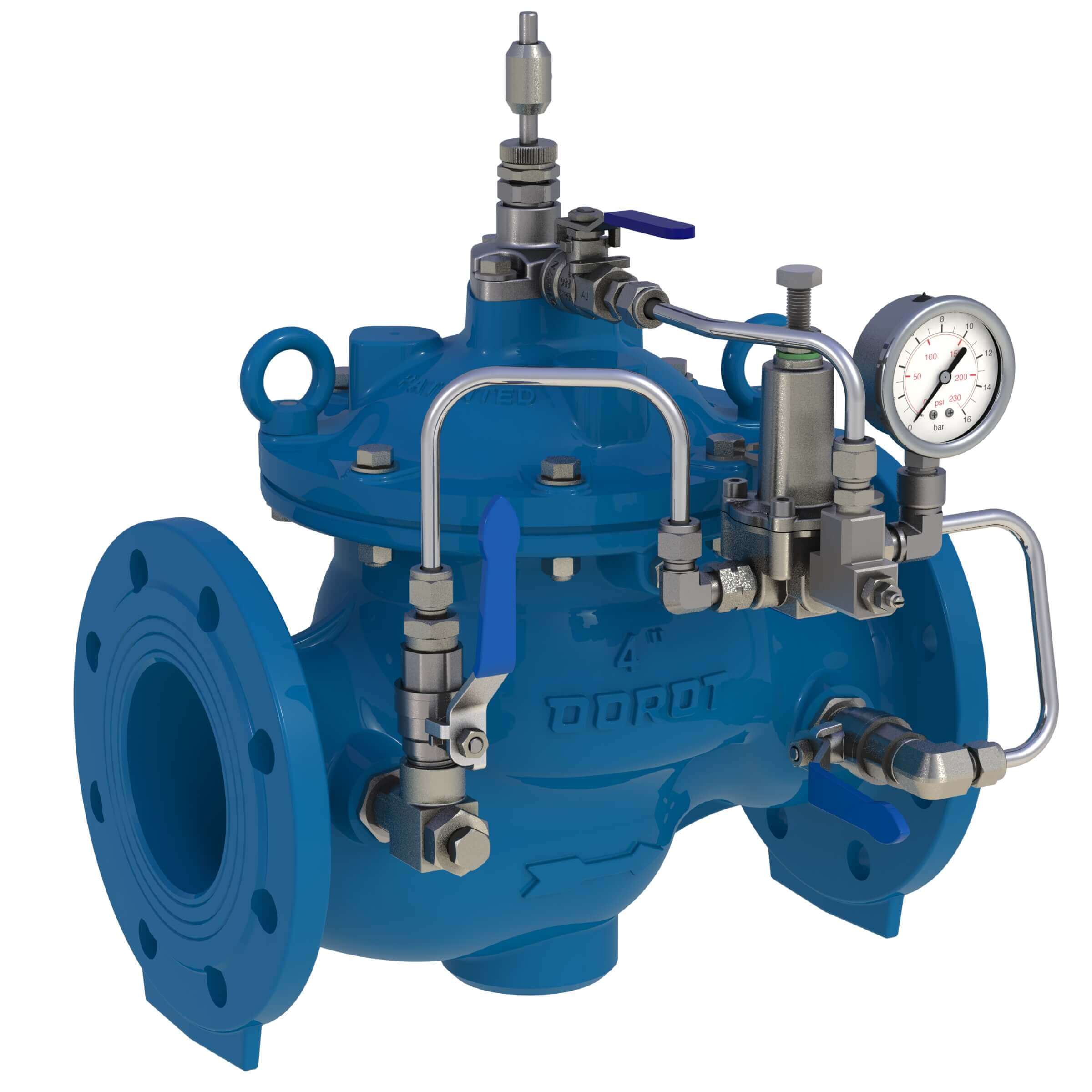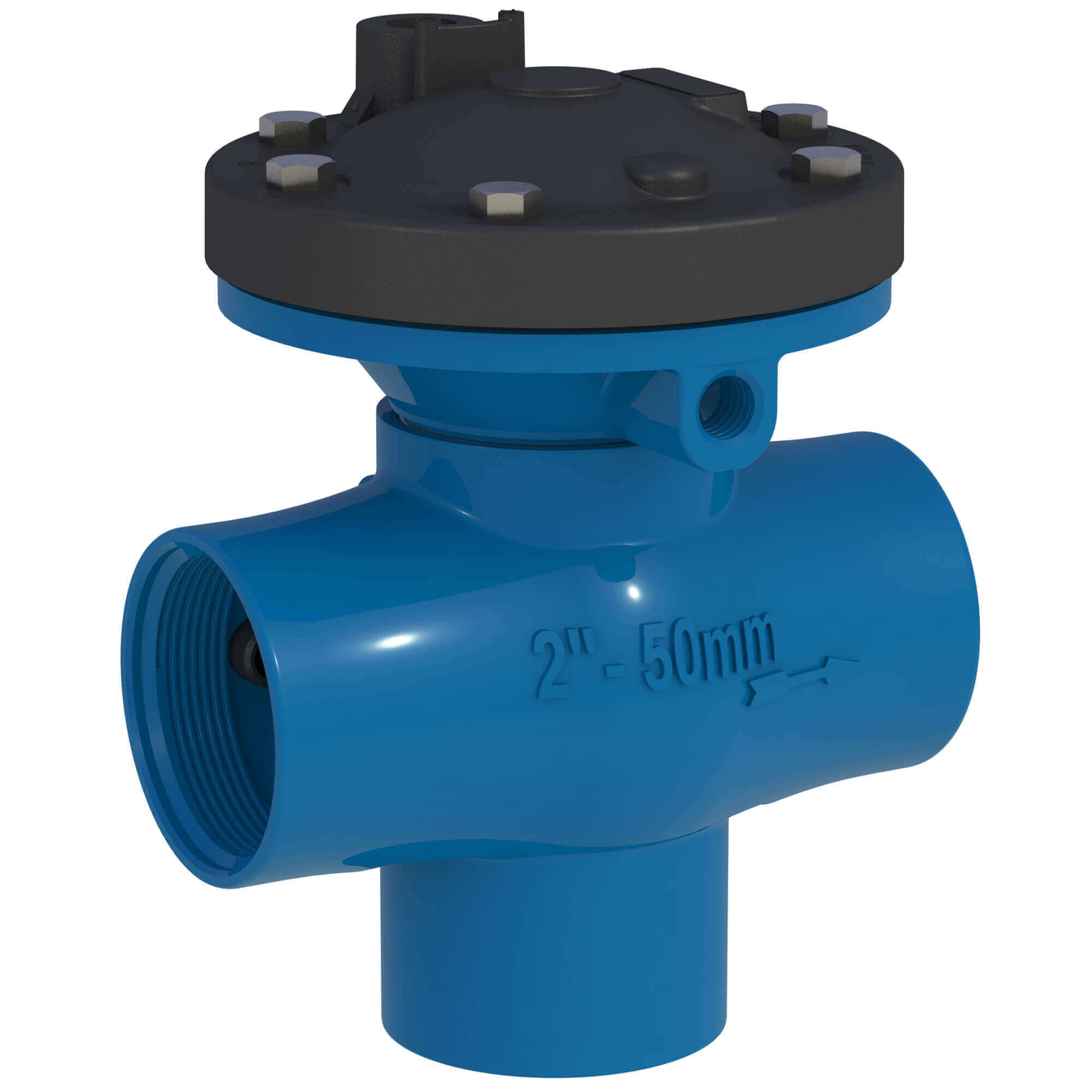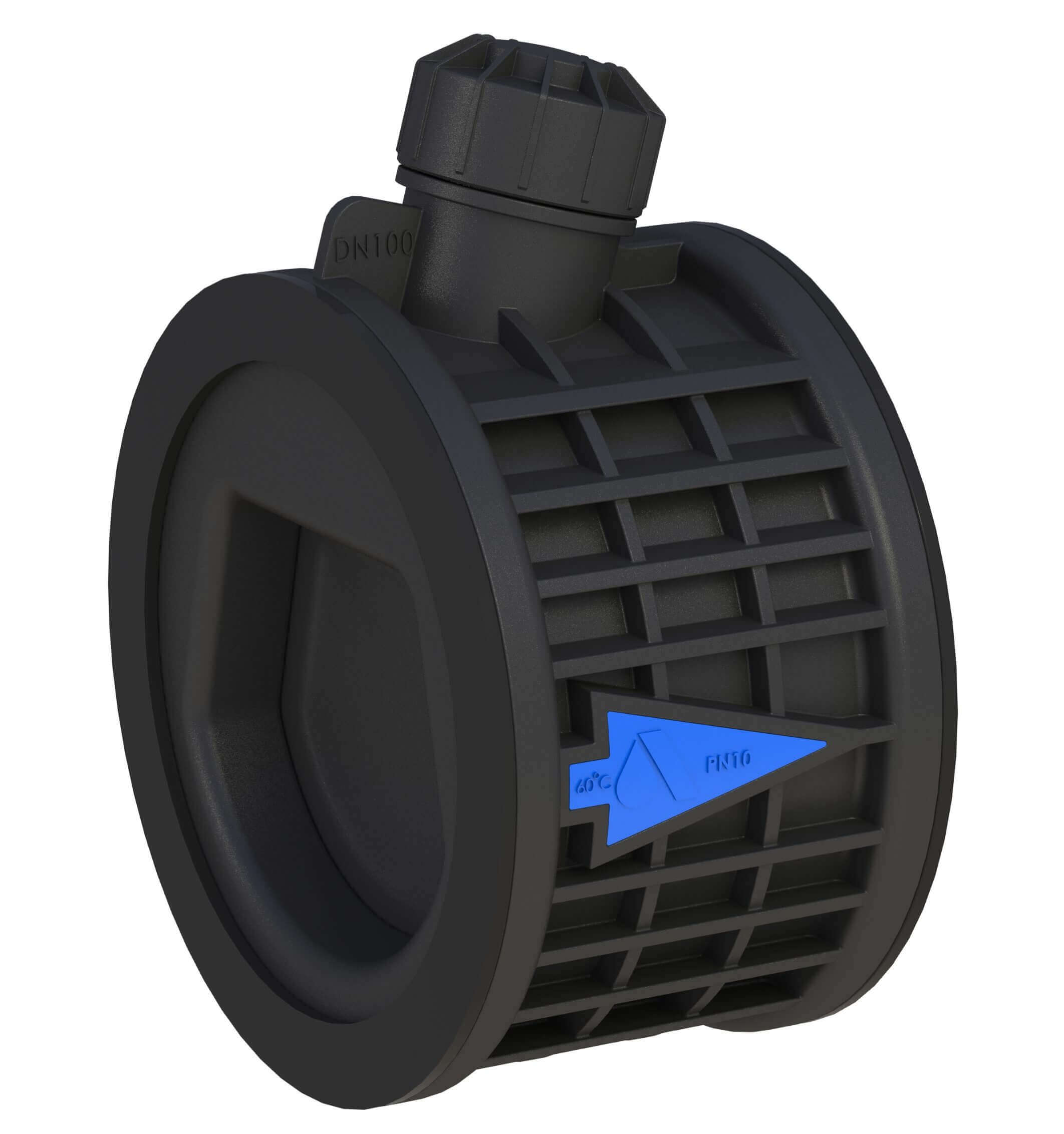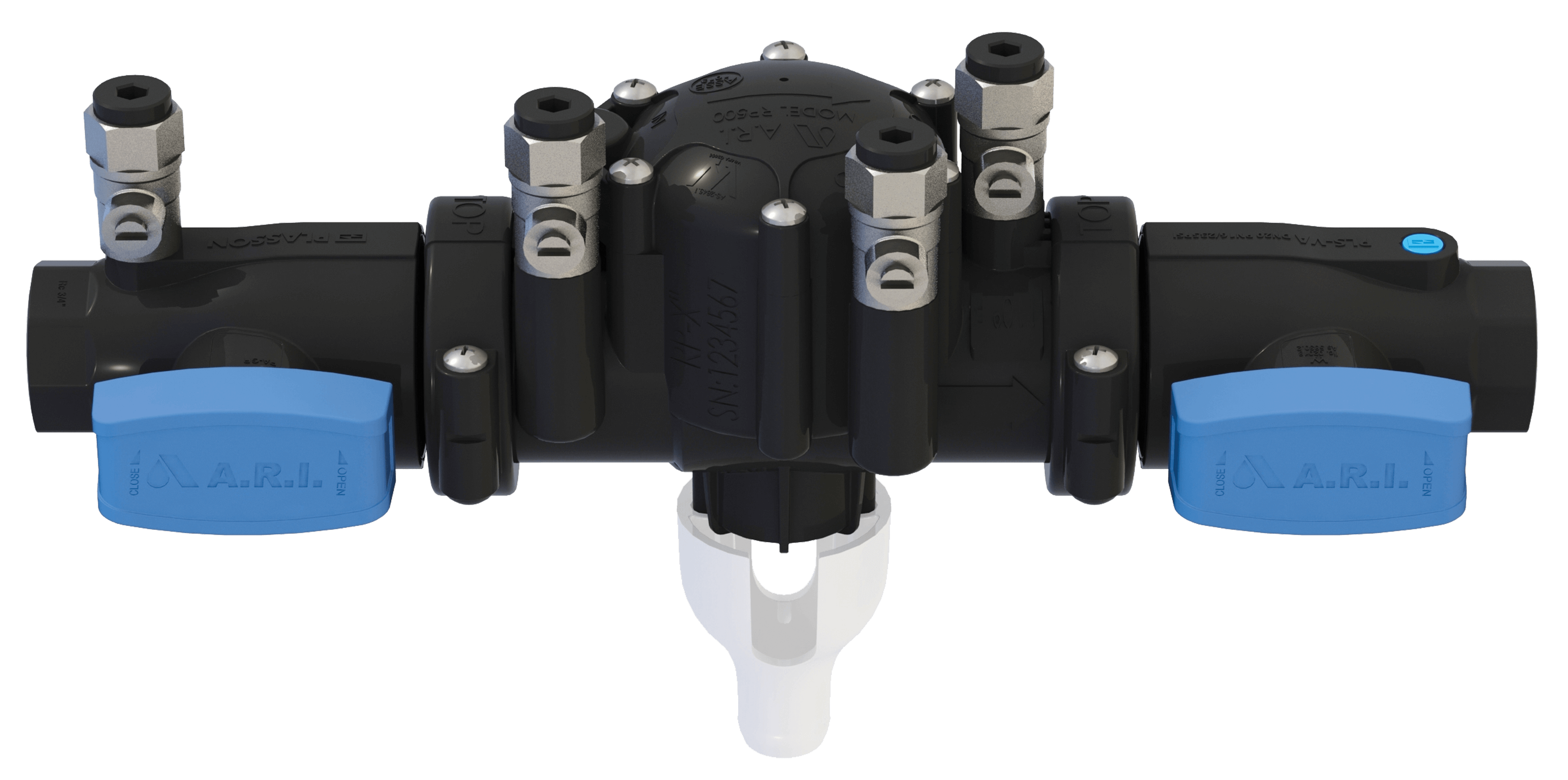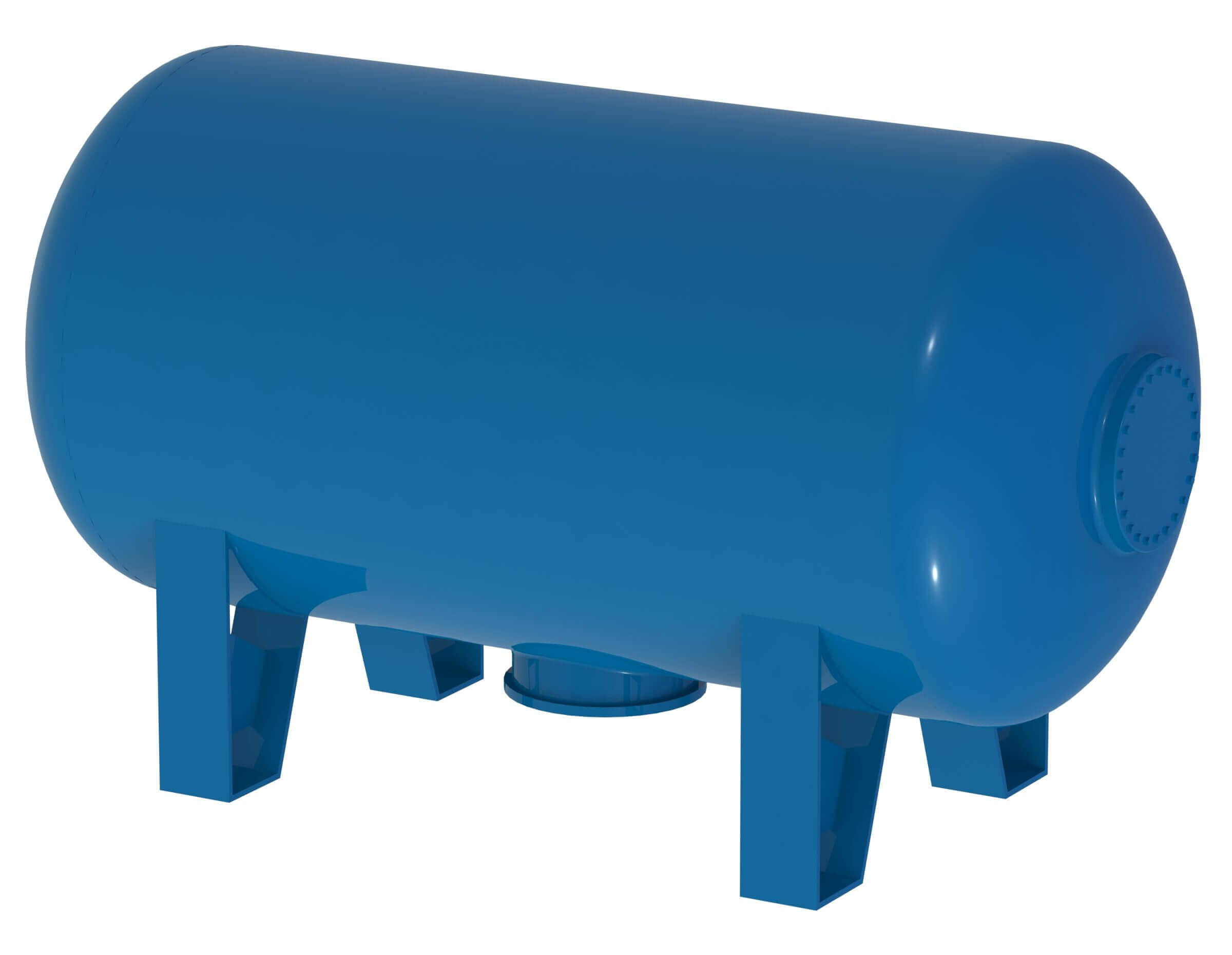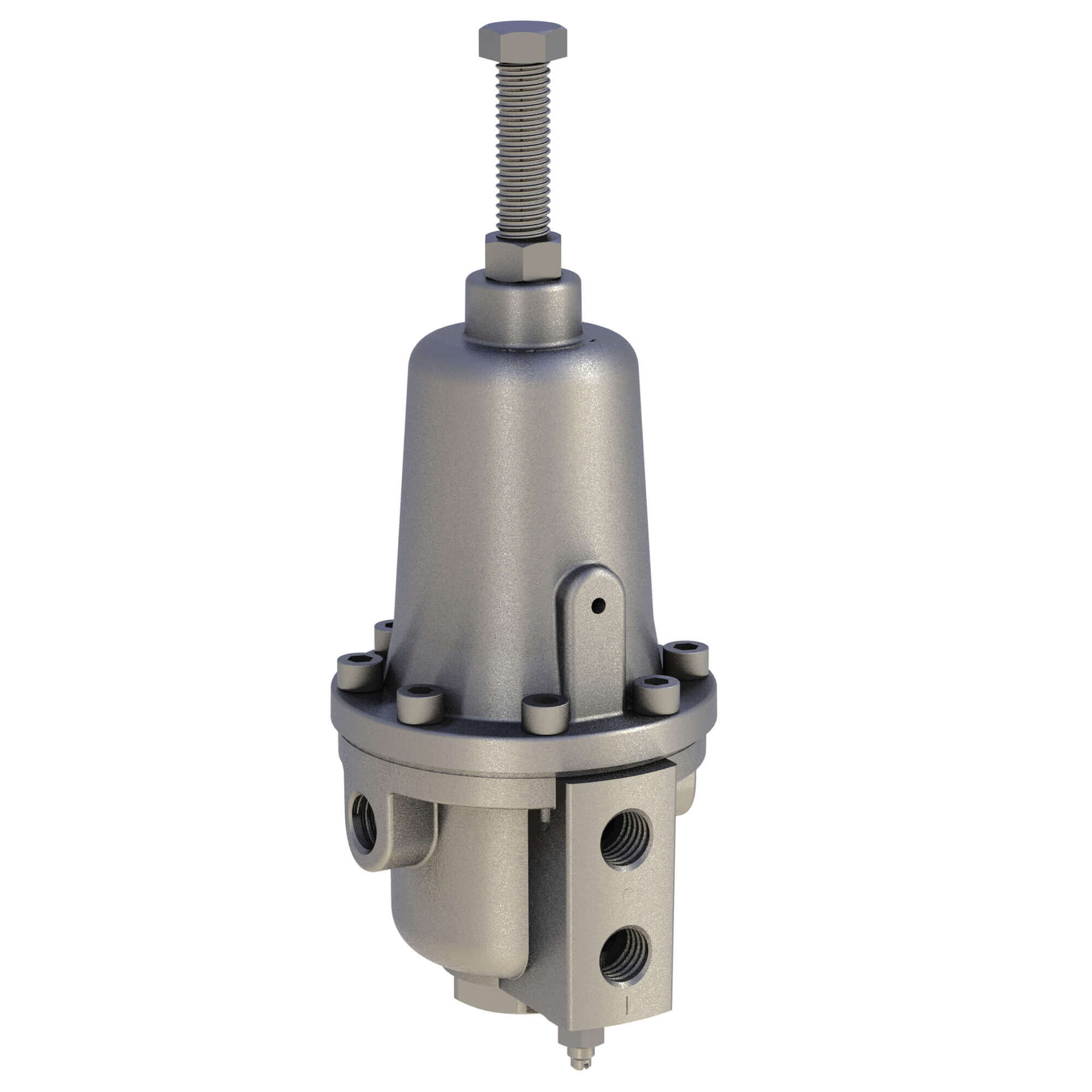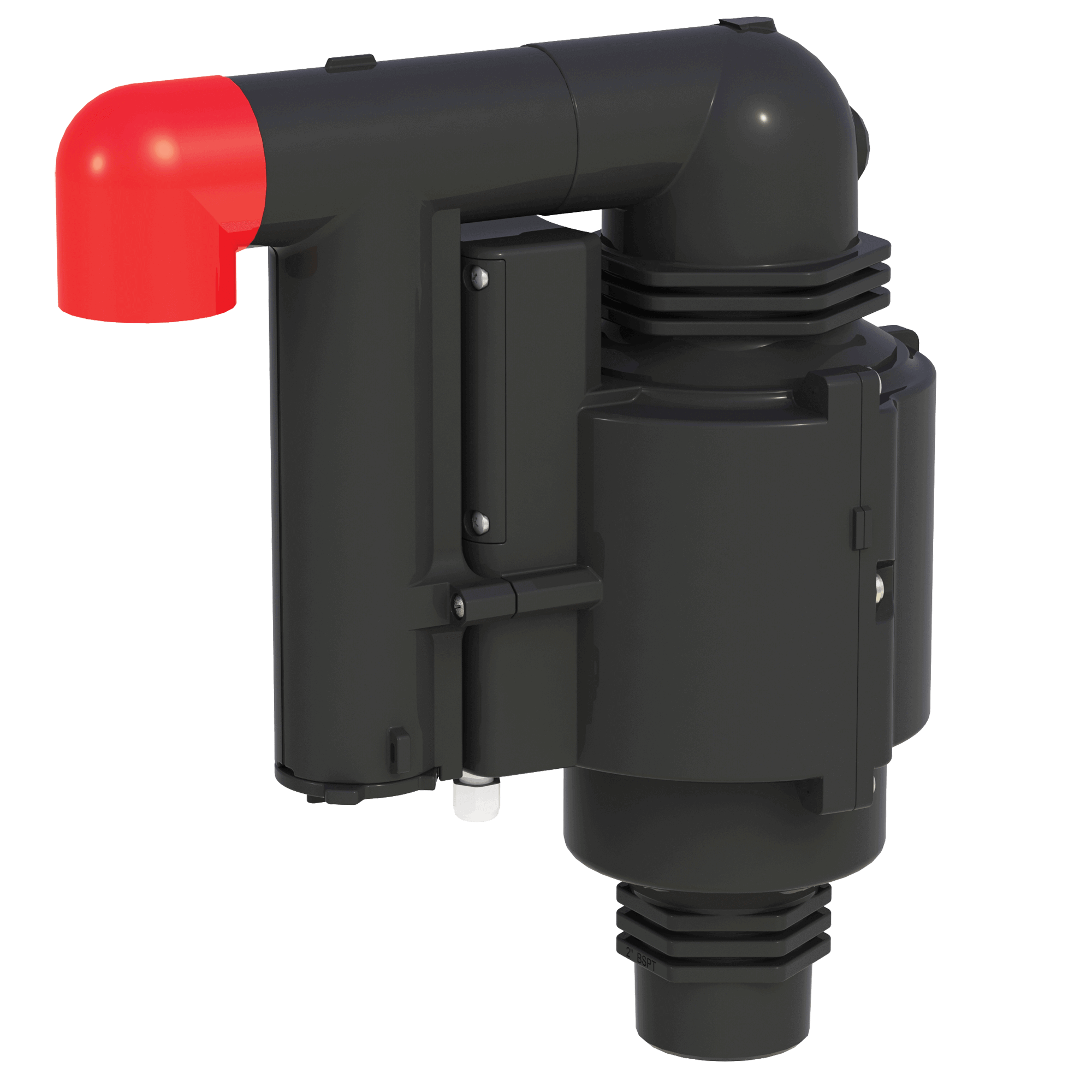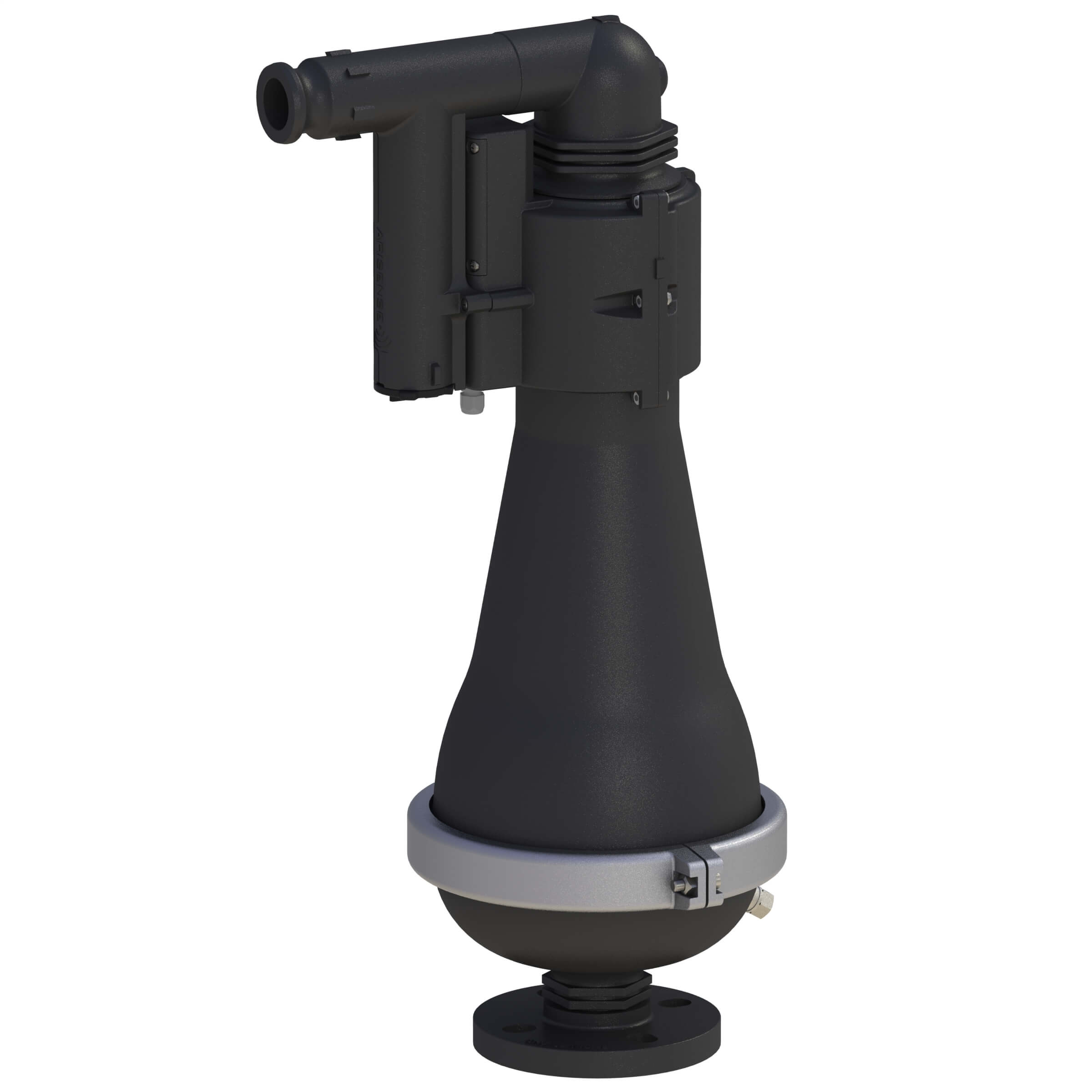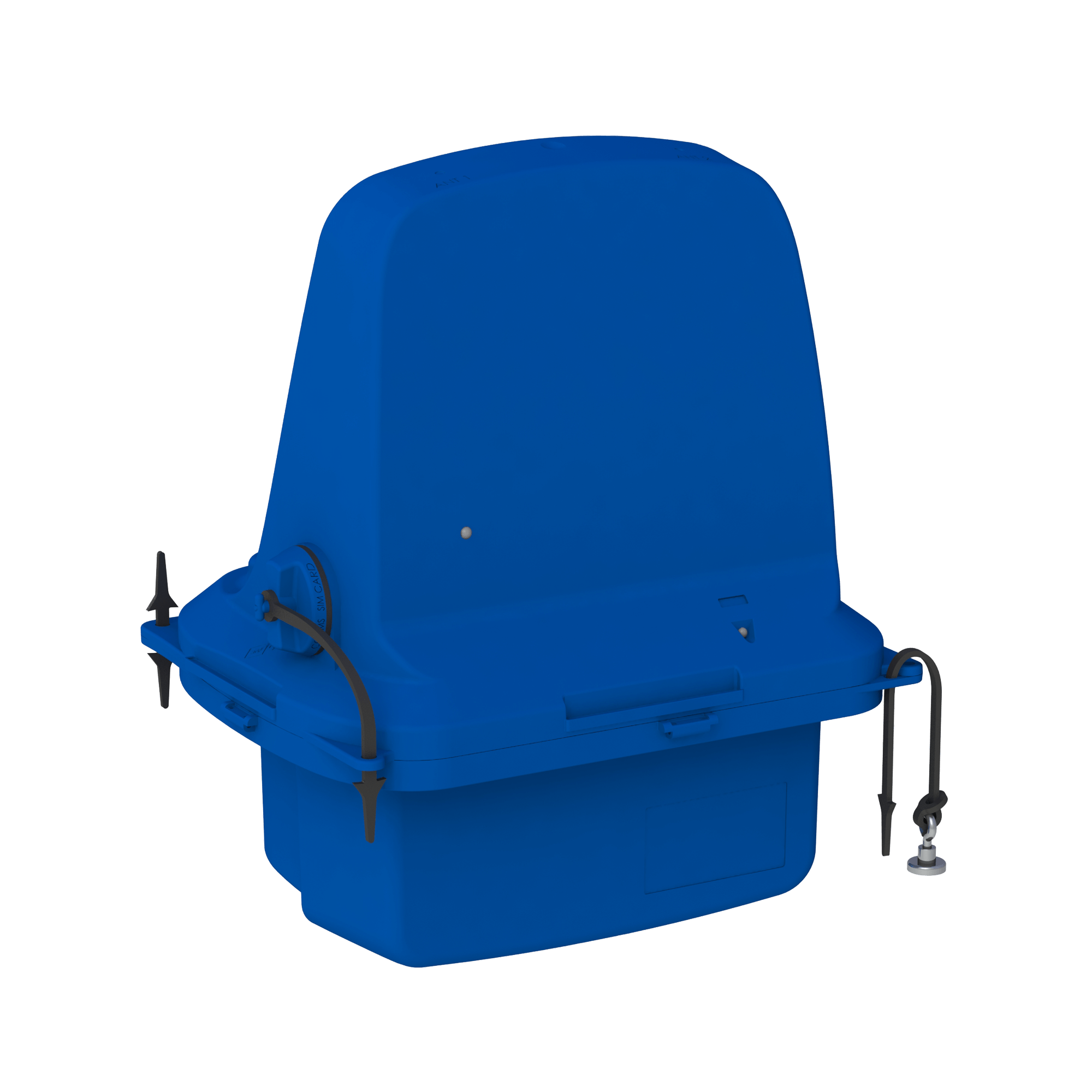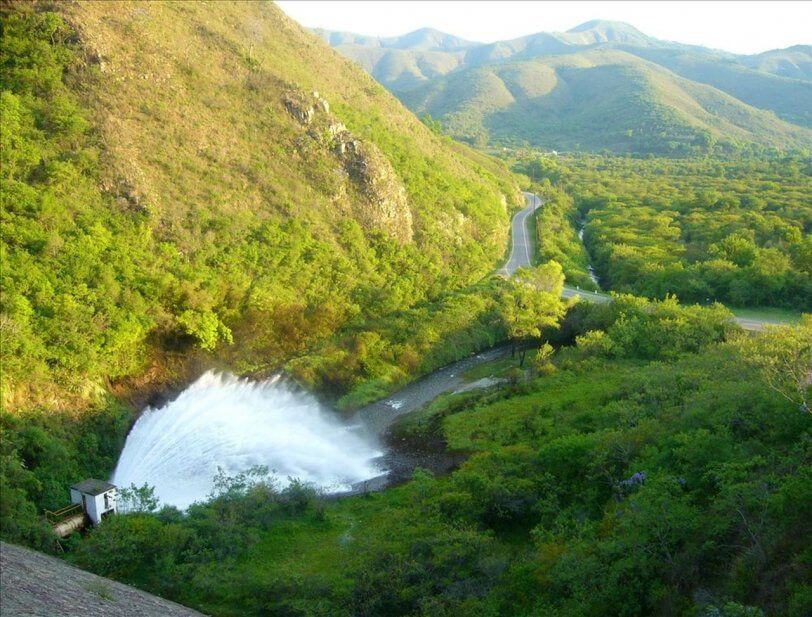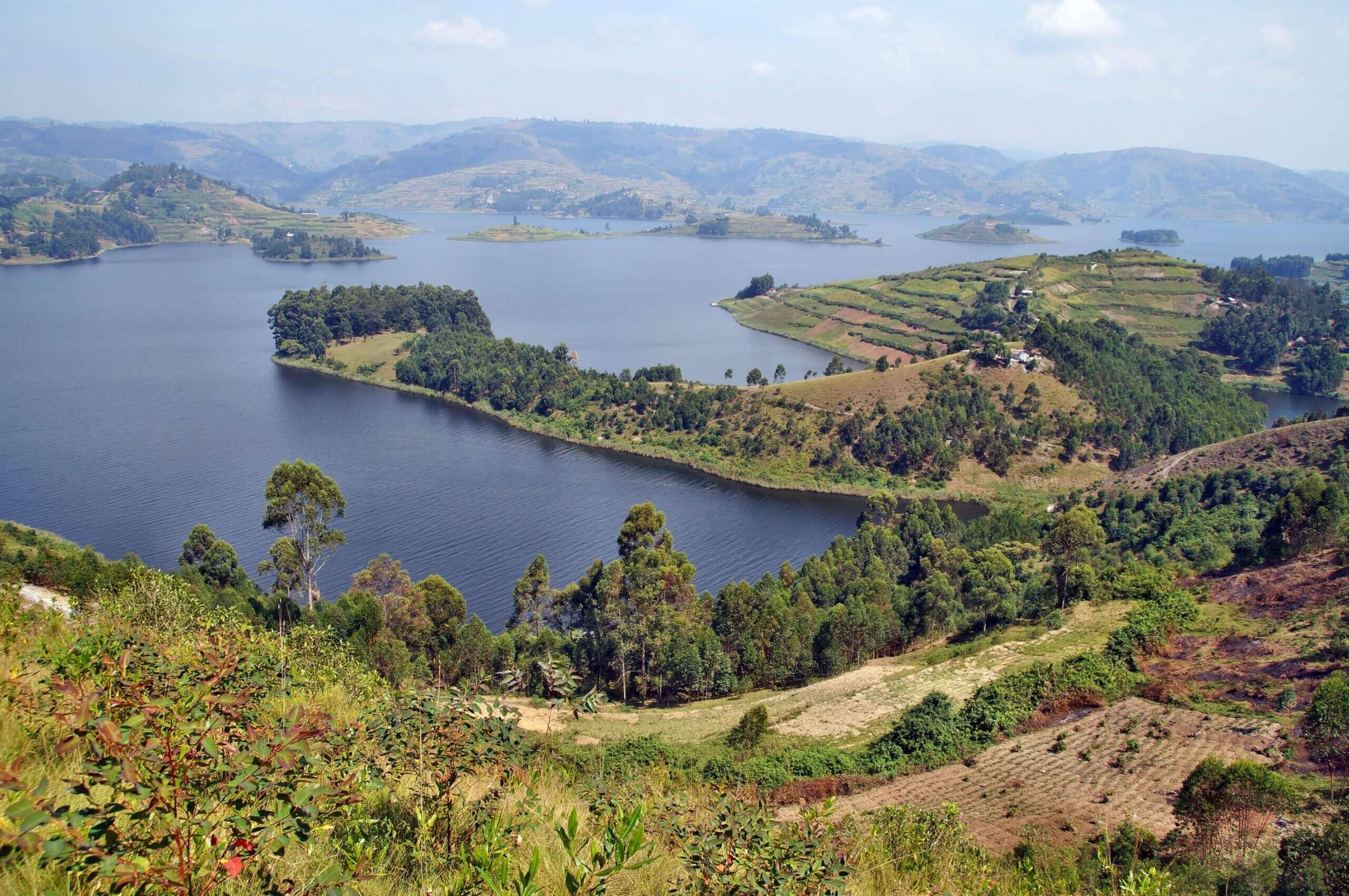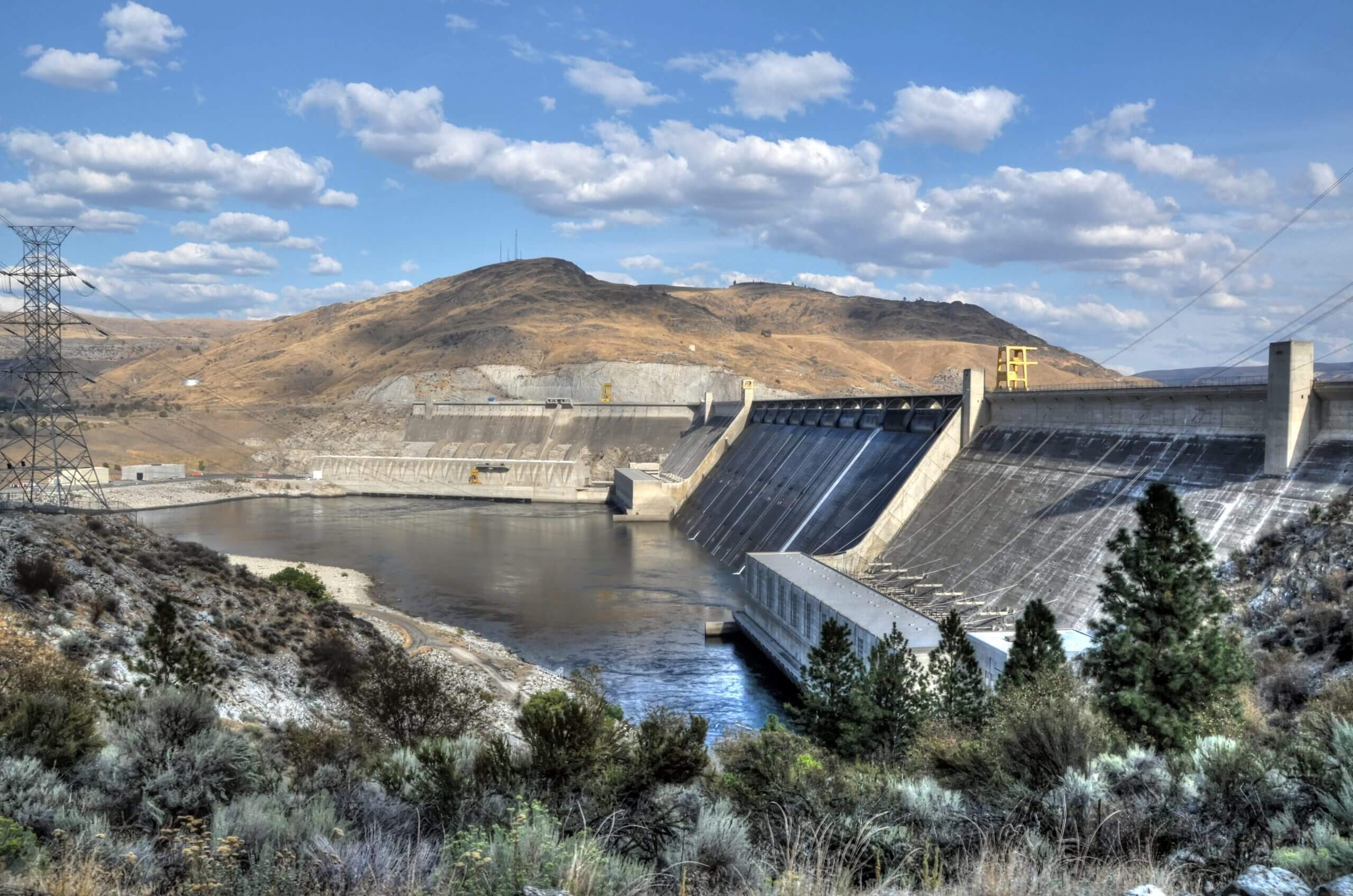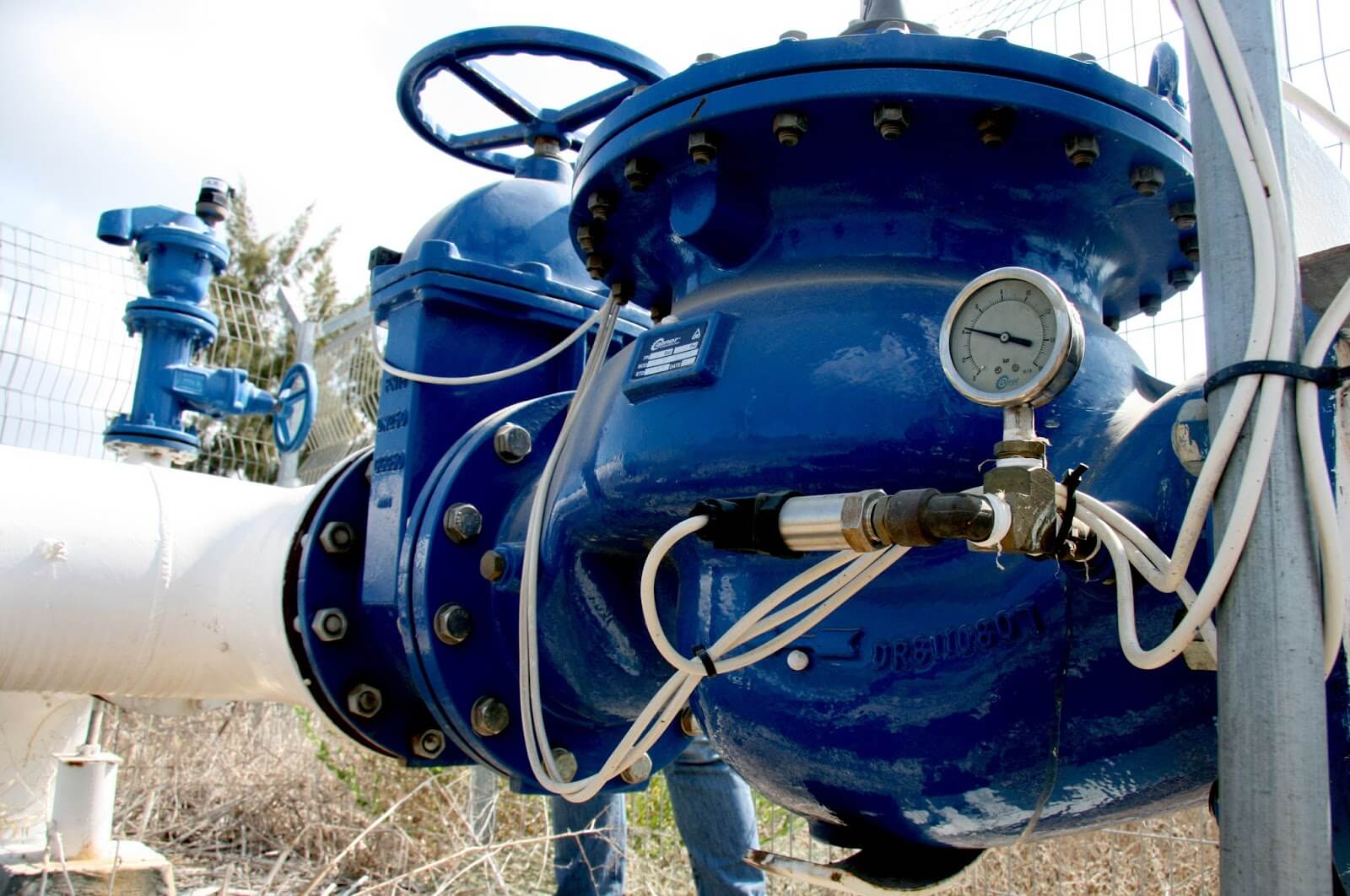Background
The Kabala District of Uganda takes its water from Lake Bunyonyi, at an average production capacity of 1900m3 per day.
Challenge
Low water levels, high energy costs
The National Water and Sewerage Corporation faced a number of challenges. The first was that the main source of energy – electricity – cost thousands of dollars every month – a significant expense. This was largely due to low water levels at the Makanga reservoir – at an average of 0.5m a day, it was well below the 1.0m required to supply most areas by gravity alone. Even at 1.2m, pumps were required. In addition, given the frequent occurrence of local power failures, air pockets would occur along the transmission mains, causing treated water to flow back to the Kiyoora treatment reservoir.
An Area Energy Reduction Committee was established and tasked with the installation of air valves on the/transmission mains. The Committee’s technical team was instructed to resurvey the pipeline from the intake, Lake Bunyonyi, to the main reservoir, Makanga, trace all buried valves, check their status, and take appropriate steps to replace the old air valves with new A.R.I. air valves by Aquestia.


Solution
Advanced air valve sizing and location
In the course of the resurveying, three washouts and four air valves that had been buried were discovered and found to be faulty, along with four faulty visible valves. Initially, it was decided to replace a total of 21 air valves. However, once the raw data had been analyzed using ARIavCAD software, it was found necessary to replace just the 11 faulty valves with new A.R.I. D-040 and D-070.
The A.R.I. D-040 combination air valve has both an air release valve and an air & vacuum valve. The air release valve automatically releases small pockets of air to the atmosphere as they accumulate along a pipeline or piping system when it is full and operating under pressure; the air & vacuum component automatically discharges or admits large volumes of air during the filling or draining of a pipeline or piping system, opening to relieve negative pressures whenever water column separation occurs.
The unique A.R.I. D-070 dynamic combination air valve operates without a float, rather using the rolling diaphragm principle. This unique structure allows the dynamic air valve to discharge air from the water system in a controlled and gradual manner, preventing slam and local up-surges. When vacuum (down-surge) occurs, the valve reacts quickly to admit large volumes of air into the water system, impeding down surges and, consequently, all pressure surges in the line. The air & vacuum component of the dynamic air valve prevents the infiltration of debris and insects into the water system by staying closed when the line is not operating.

A.R.I. D-040 & A.R.I. D-070 dynamic combination air valves
Results
Improved pipeline efficiency, reduced energy losses, increased flow rate
The new A.R.I. air valves proved to be an efficient solution for discharging air from the transmission mains, improving pipeline efficiency by reducing energy losses and increasing flow rate by 11%. What’s more, water levels in the Makanga main reservoir are now stable, maintaining an average 1.7m, compared to an average of 0.7m before the valves were fitted (see table below)

Before vs after new air valve installation

